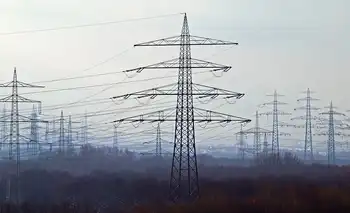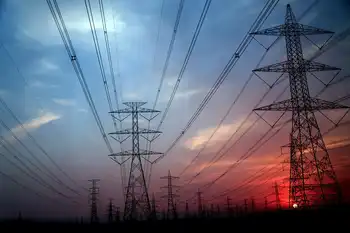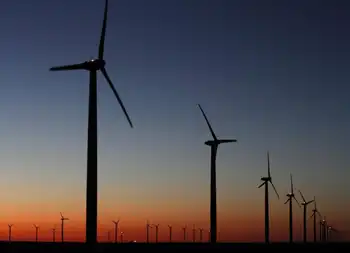Nova Scotia Power Seeks Approval to Add Gas Generation
By
NFPA 70e Training - Arc Flash
Our customized live online or in‑person group training can be delivered to your staff at your location.

- Live Online
- 6 hours Instructor-led
- Group Training Available
HALIFAX, N.S. -- Nova Scotia Power has filed a submission with the Nova Scotia Utility and Review Board (UARB) to add 47.3 megawatts of natural gas fired power to its generation mix. The additional generation will supply the growing electricity demands of Nova Scotians. "This will be an exciting addition to Nova Scotia Power's generation mix. We are growing with our customers and our province - and it supports our environmental management program," says Chris Huskilson, Chief Operating Officer with Nova Scotia Power. The new generation will be delivered by a natural gas fired combustion turbine (CT), similar to jet engines used on airplanes. The state-of-the-art turbine incorporates emissions controls and is highly efficient. The unit will produce enough electricity to supply 47,000 homes in the summer or 20,000 in the winter. This is the company's first purchase of new generation assets since the construction of the Point Aconi Generating Station in 1993. The combustion turbine will help Nova Scotia Power continue to meet its increasing customer demands for electricity, which have risen 15% since 1995. The CT will be powered by natural gas and will be located on the Maritimes & Northeast Pipeline's pipeline system. One proposed location is the Tufts Cove Generating Station in Dartmouth, which is close to a main natural gas lateral, a major customer load center and a large existing network of transmission lines. Final site selection will be part of the approval process. Nova Scotia Power already has four CT units located in the Burnside Industrial Park in Dartmouth. These units have a combined generation capacity of 120 megawatts. The company operates two CT units at Victoria Junction (60 MW combined) and one at Tusket (25 MW). The project is subject to approval from the UARB and government. If approved, the project will be completed in 2002. Nova Scotia Power Inc. is a wholly owned subsidiary of Emera Inc. (EMA-TSE), a diversified energy and services company. NSPI provides more than 95% of electric generation, transmission and distribution to more than 440,000 customers across Nova Scotia.











